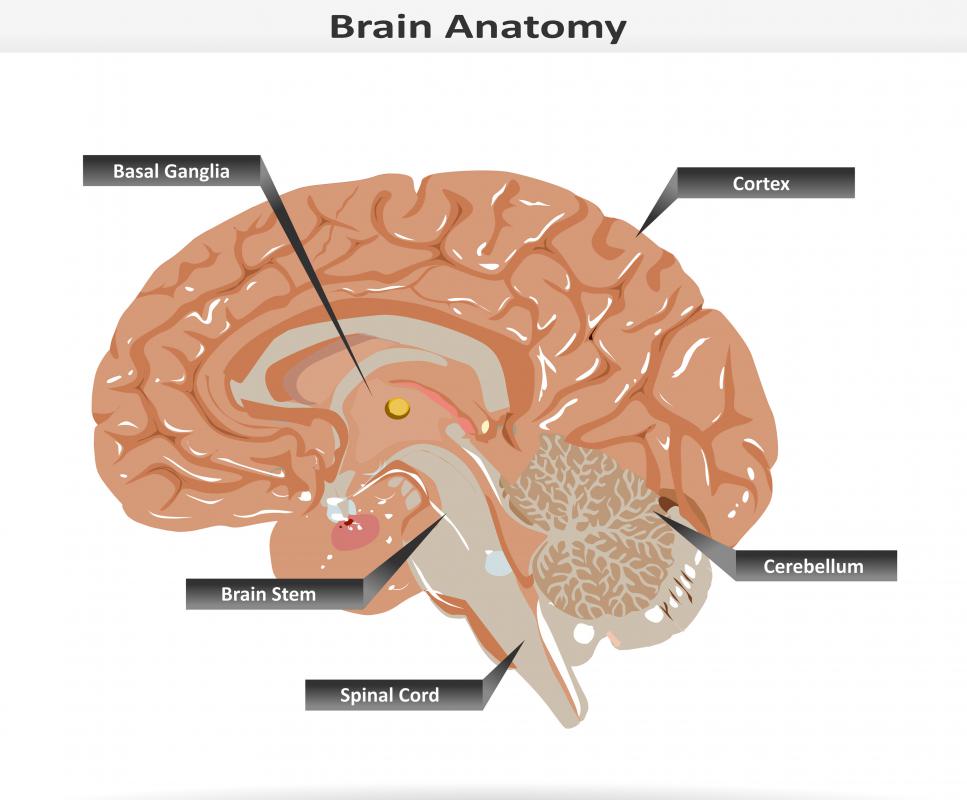At TheHealthBoard, we're committed to delivering accurate, trustworthy information. Our expert-authored content is rigorously fact-checked and sourced from credible authorities. Discover how we uphold the highest standards in providing you with reliable knowledge.
What is Bradykinesia?
Bradykinesia is a medical condition that is characterized by a decreased mobility in persons who are diagnosed with the condition. The name of the condition is literally translated to mean “slow movement.” Bradykinesia is sometimes confused with hypokinesia, but is actually a different affliction.
A person who is diagnosed with Bradykinesia usually has already been identified as having one of several different diseases. Often, the condition is a symptom that is connected with Parkinson’s Disease. Because of the impact of this disease on the function of the basal ganglia, the patient may have great difficulty in completing a movement once the attempt is initiated.

The process of Bradykinesia is similar to that of hypokinesia, but actually addresses a totally different condition. While all forms of kinesis have to do with movement, hypokinesia is focused on difficult initiating movement. By contrast, Bradykinesia has to do with the speed of movement once the movement is initiated. It is possible for a single patient to experience both conditions, finding it difficult to initiate movement and then also having difficulty following through to the logical conclusion of the movement.

Along with being closely associated with Parkinson’s, Bradykinesia can sometimes occur due to the use of anti-psychotic medications. Because of the calming nature of many anti-psychotic drugs, the patient may enter a state of calm where movements are slowed considerably. Qualified physicians may be able to adjust dosages so that the drugs can achieve the desired state of calm without creating an unusually high amount of difficulty with movement. It is important to note that anti-psychotic drugs do not cause Bradykinesia in all patients.

One rather common form of treatment for Bradykinesia is the use of the drug L-DOPA. Usually administered orally, this drug is a precursor that will convert into dopamine once the pill is dissolved in the body. Various medications pair L-DOPA with some type of inhibiting agent that does not allow the conversion to take place until the medication reaches the brain. This allows for the maximum effect in counteracting a state of Bradykinesia, and can help to improve the response of the patient to all sorts of kinesthetic stimuli.
AS FEATURED ON:
AS FEATURED ON:













Discussion Comments
Bradykinesia often affects facial expression. Persons suffering with Parkinson's disease lose movement in the muscles of their face. This lack of movement of the face muscles produces a mask-like appearance.
The symptoms of parkinson's disease and the symptoms of bradykinesia are so closely related, I wonder if this complicates diagnosis?
Post your comments